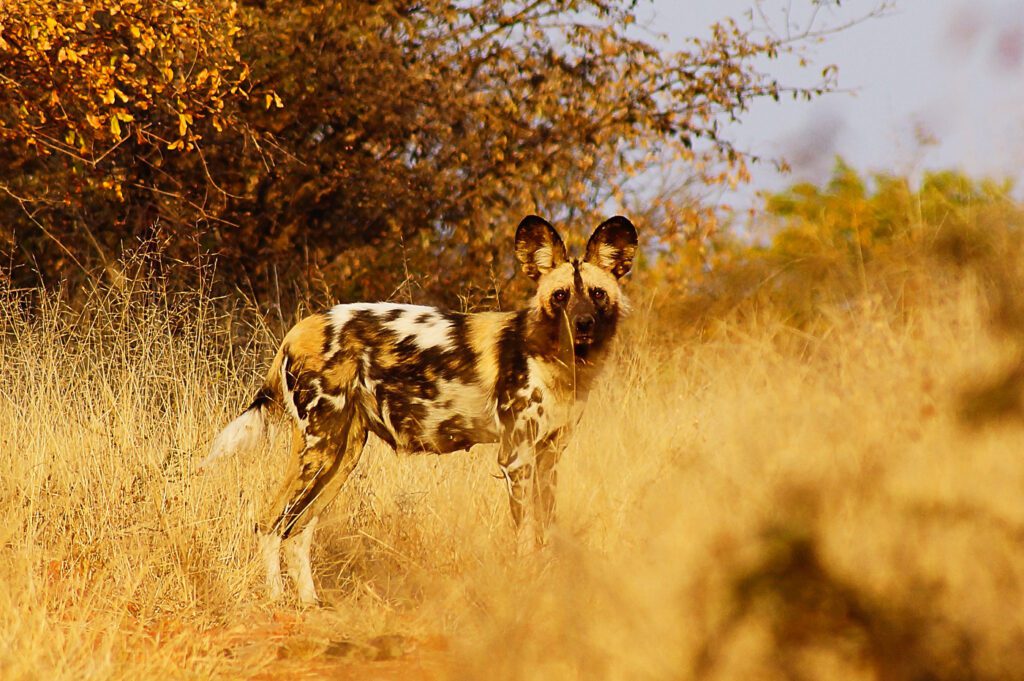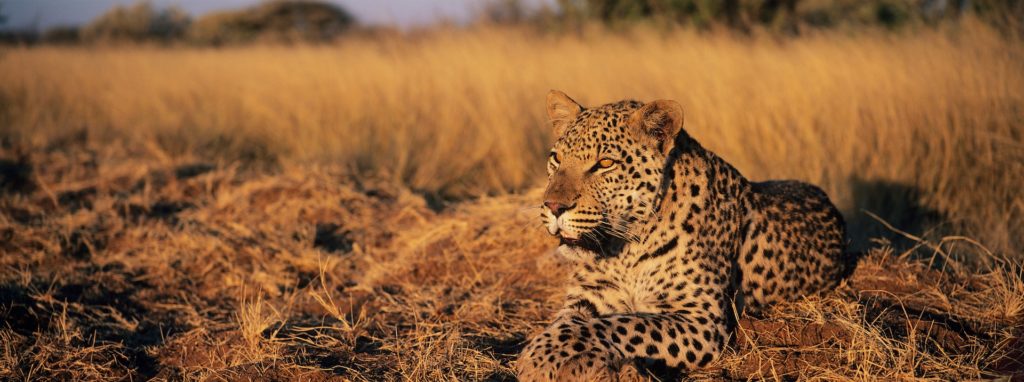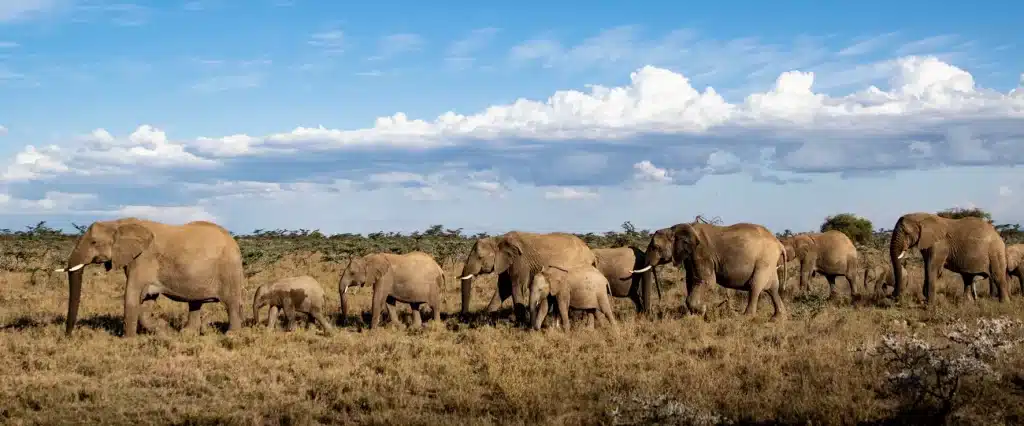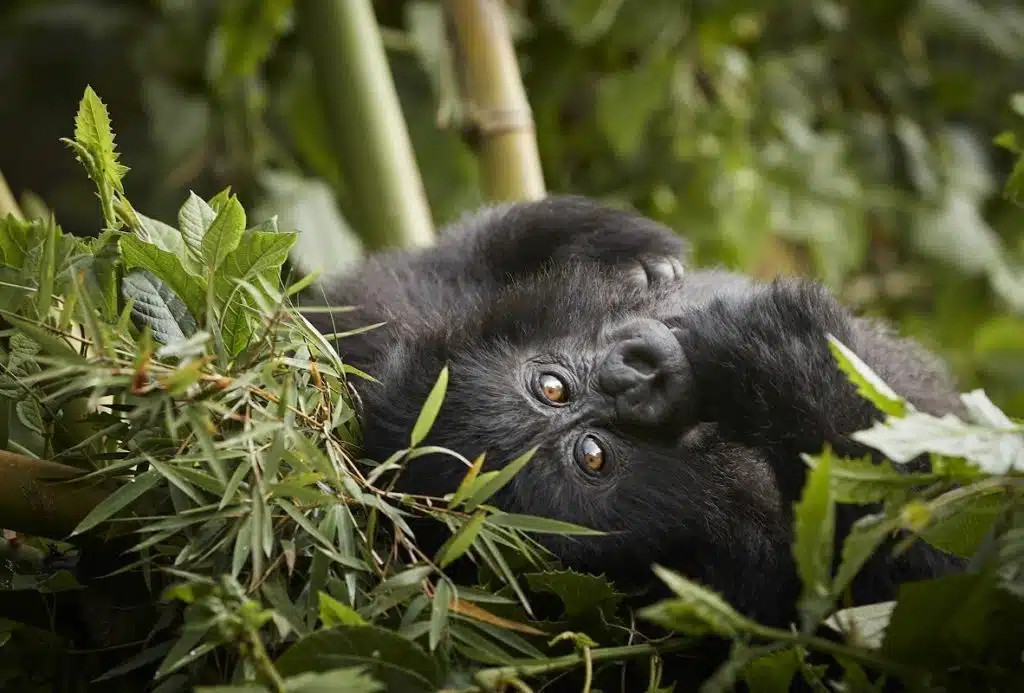BEFORE THEY ARE GONE
Discovering Africa’s Endangered Species
Africa’s endangered species are tragically vulnerable.
From common hippos to elephant, giraffe, zebra and lion, the fate of so many creatures is in the balance. Fortunately, numerous organisations, foundations and conservancies are working tirelessly, not only to protect the existing populations but also to repopulate and revive many of Africa’s endangered species.
Visiting Africa’s nations allows us to escape the complacency of home and witness the many creatures in awe, amazement and with a distinct sense of gratitude.
There are some, however, whose fragile numbers make them even more of a fortunate find. A paradigm shift is occurring across the continent. International parties are rallying to defeat the illegal poaching and trade of animals and domestic concerns are protecting habitats, implementing breeding programs and training regiments of rangers. Yet even more than this, traditional cultures are adapting.
In times past, bushmeat was a necessary and indiscriminate means of survival. Whatever could be caught would be eaten. Today, outdated practices nutritional necessity are diminishing, and those villagers and tribespeople who still struggle for survival are being educated to understand the greater benefits of preserving the most endangered species; balanced ecosystems, sustainability and eco-tourism.
With a unified approach, it is quite possible that we may yet preserve many of Africa’s, and indeed, the world’s most threatened species, allowing future generations to witness them in the wild and continue conservation efforts.
Wherever we take our guests and whatever experiences we may share with them, we ensure that Africa’s endangered species are not exploited. The conservancies we align with do not allow hunting, the communities that share these lands recognise the imperative need for conservation and the centres and attractions we book are established strictly for rehabilitation, not handling, tourism or domestication of any kind.
There are many well-known species that are threatened and even critically endangered. African elephant, black and white rhino, lion, cheetah, wild dogs – they are the celebrities of African game.
But there are many more creatures that desperately need our attention and that create a fascinating and beneficial addition to your safari. Here are nine of Africa’s endangered species, where you might find them and what is being done to protect them.
African Penguin
📍 Boulders Beach, Cape Town
In recent years, the African, jackass or Cape penguin has suffered numerous significant impacts that have dwindled its population drastically. Overfishing by humans and climate change also affecting fish stocks have robbed the endearing little penguin of its primary food source. Warmer waters have also potentially affected breeding levels, depleting the population to an estimated 10,000 breeding pairs. These are spread from Cape Town up the western coast to Namibia.
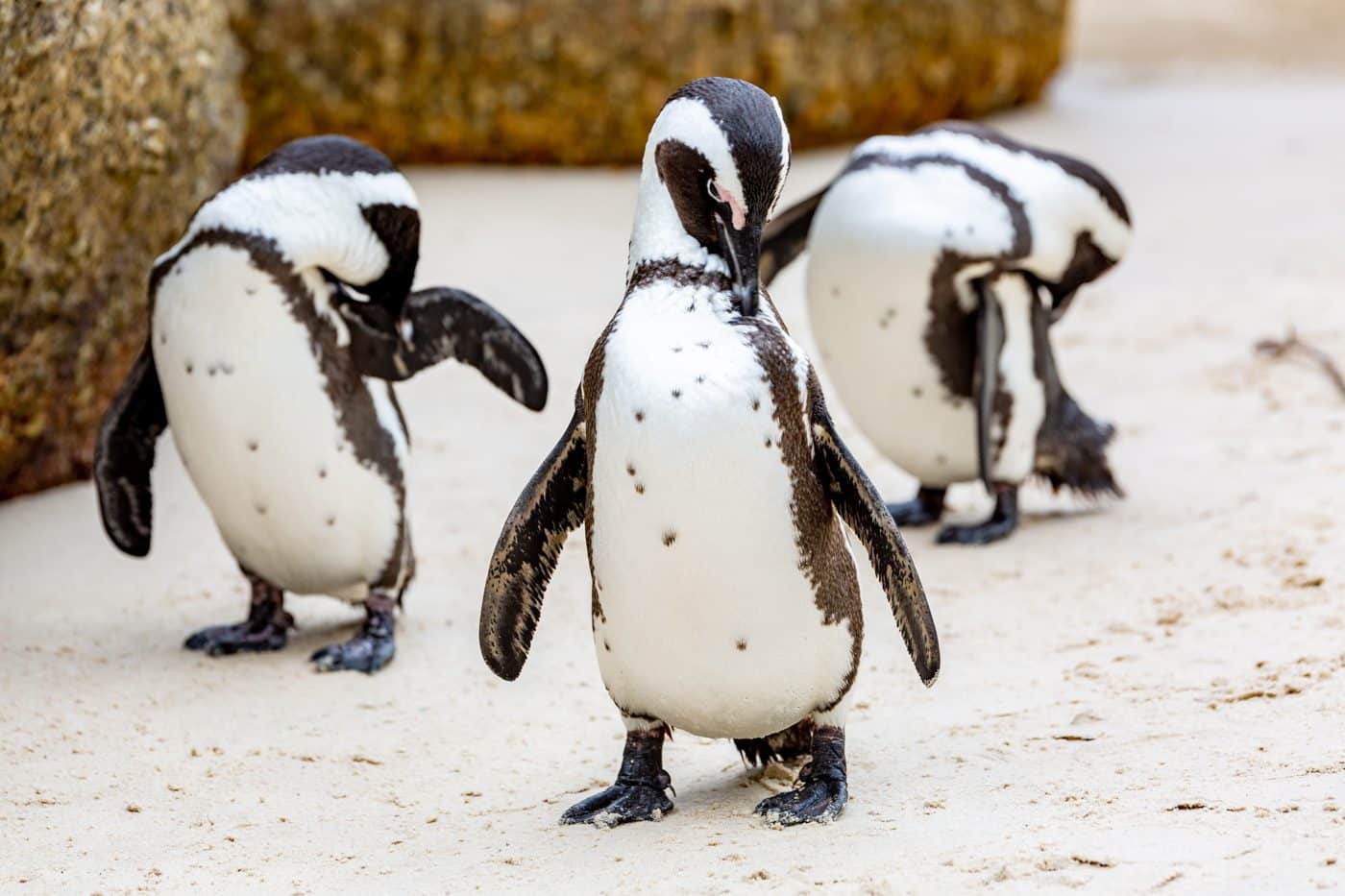
The most famous, and certainly the most accessible population resides at Boulders Beach near Cape Town. Sadly, the population was further decimated by an outbreak of avian flu, but it is also in this colony that the penguins’ greatest hopes lie. With its close proximity to Cape Town, scientists are easily able to study the population, implementing breeding programs, securing their habitat and providing research to encourage governmental action.
Thankfully, recent breeding success and the implementation of a ban on commercial anchovy and sardine fishing in the region are resulting in some encouraging signs of population growth.
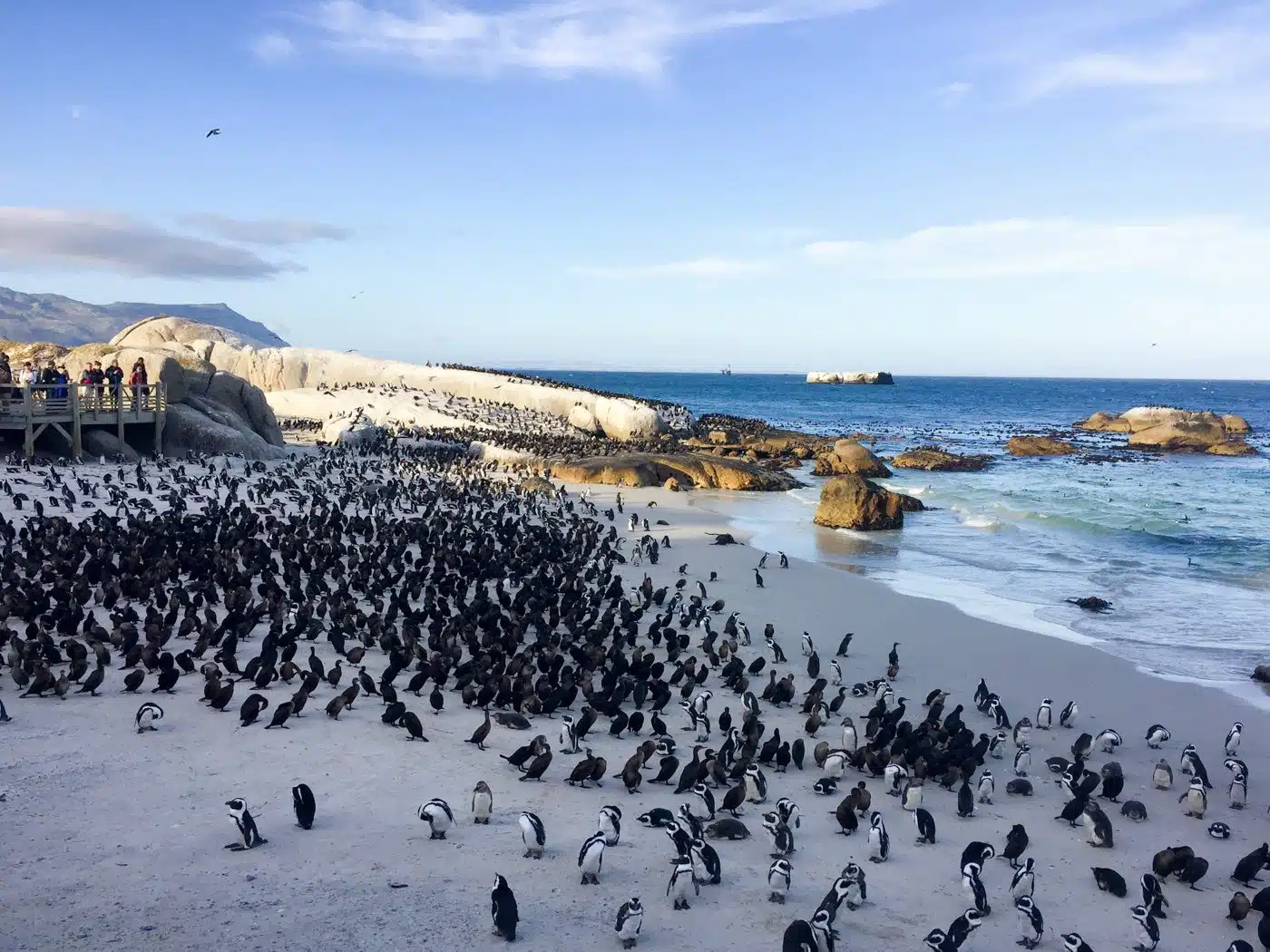
Where to See Cape Penguins:
Any visitor to Cape Town should take the time to visit Boulders Beach to see these charming, flightless birds. Boulders Beach, less than one hour from Cape Town, falls under the jurisdiction of Sanparks and is carefully monitored by rangers. Visitors are free to enjoy the wide beach away from the penguins, and designated boardwalks allow the opportunity to observe the colony without impacting it. Conservation fees are applicable, with funds raised funnelled back into the preservation of the Cape Penguin.
Dik-Dik
📍 Widespread
Dik-dik are one of Africa’s most adorable endangered species. One of the smallest of the antelope family, they stand just 16 inches (40 cm) high, and their wide eyes, tawny fur and teardrop markings only add to their cuteness.
A rarity for mammals, dik-dik also mate for life, and this lack of promiscuity, along with habitat destruction and hunting for traditional jewellery and their skins, has caused their numbers to fall over recent decades. Dik-dik have a close family bond, though unlike other antelope species they don’t congregate in herds.
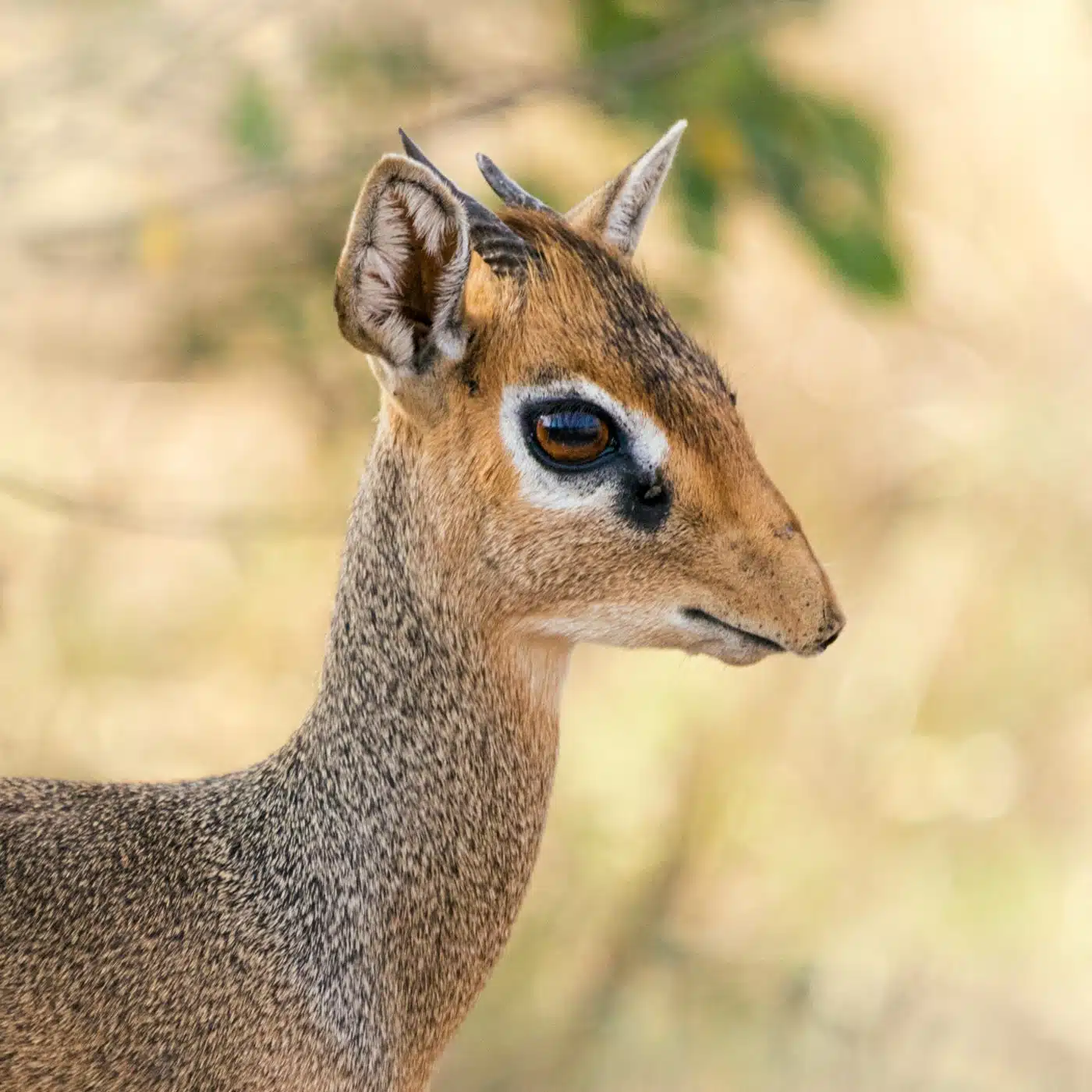
Also uniquely, where the dominant males of most species will chase away any competition even prior to becoming any significant threat, dik-dik offspring remain with their parents into adulthood at seven months of age. They are then ‘sent away’ – not aggressively ejected, but coaxed to leave the family unit to find their own territory.
Though fortunately still fairly widespread, dik-diks are particularly volatile and their numbers could rapidly collapse if land use and poaching aren’t carefully monitored.
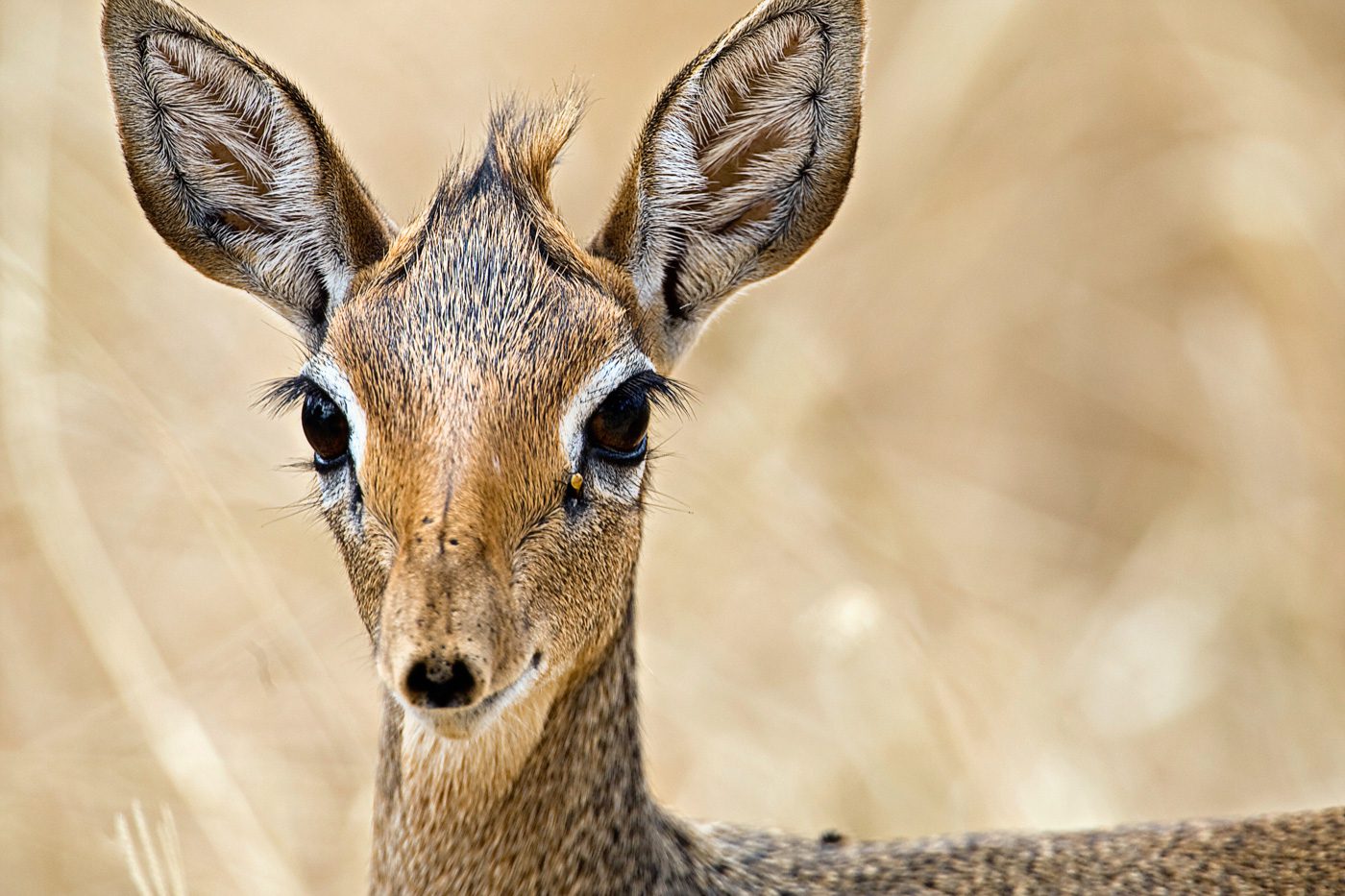
Where to See Dik-Diks:
Small and timid, it is their elusiveness more than their lack of numbers that make dik-dik particularly tricky to spot, though they also often favour habitats away from human presence.
For example, dik-dik are found in Kruger National Park, but at 7,500 square miles (19,485 km²), finding these tiny antelopes amongst the scrub is particularly tricky. Likewise, the tiny antelope can easily be overlooked on the vast plains of the Serengeti. Namibia’s Etosha National Park is also immense, but its flat plains and low grasses allow for easier spotting. Many of our clients have had success spotting these charming little deer in Kenya, particularly in the smaller Lake Nakuru National Park and in the Lewa and Namunyak conservancies to the country’s north-west.
Ethiopian Wolf
📍 Bale Mountains, Southeast Ethiopia
The continent’s only wolf breed, the Ethiopian wolf is the most endangered species of Africa’s carnivores. Their tentative grasp on existence hangs in the balance, with an estimation of between 200 and 500 individuals remaining.
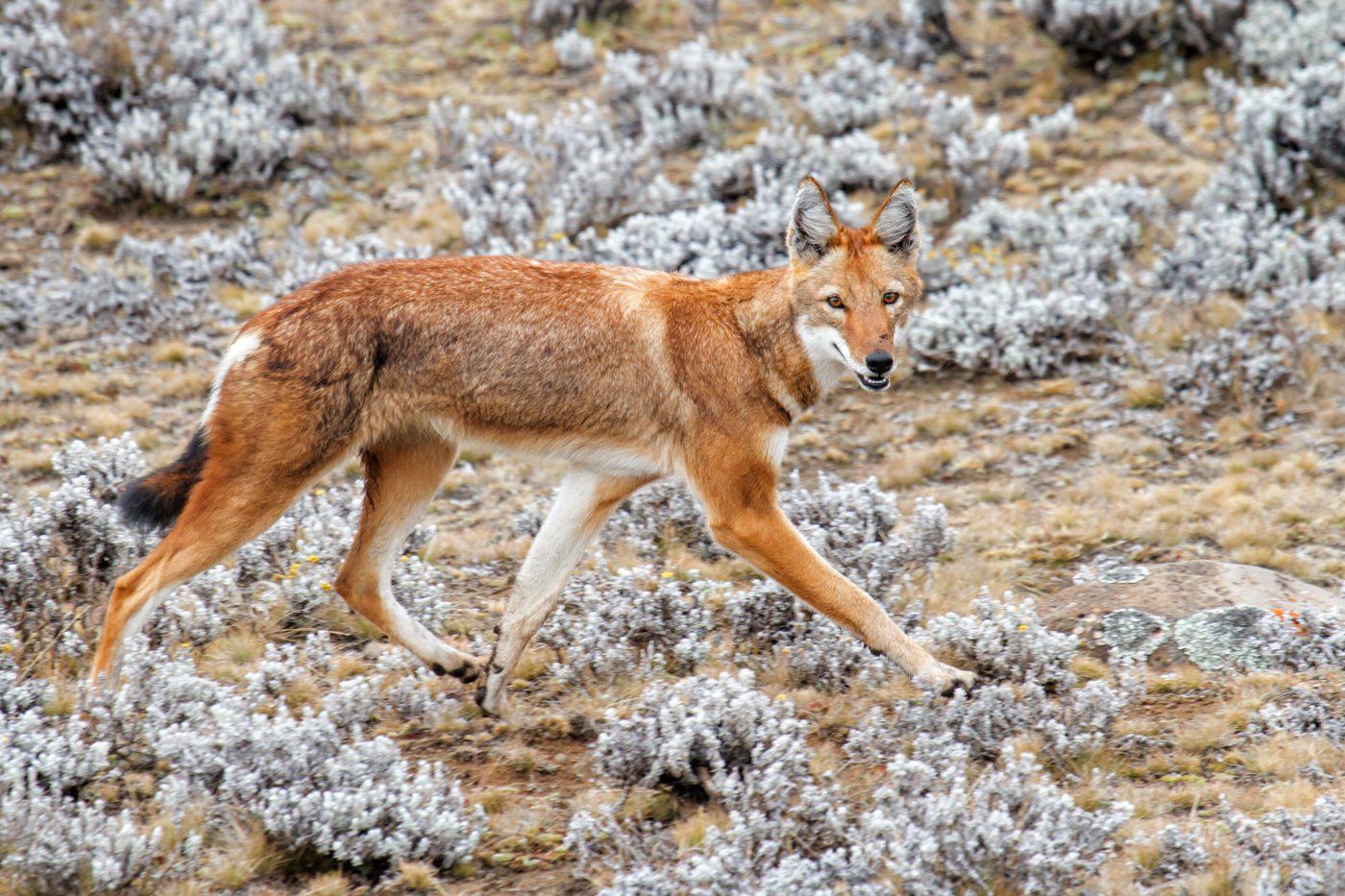
While many species are hunted into extinction, the Ethiopian wolf’s threat comes from habitat loss. Agriculture has encroached upon their territory significantly, and with less territory, breeding reduces, food diminishes and disease – such as rabies and distemper – has a greater chance of proliferating.
Now remaining in a small pocket of land in Ethiopia’s Bale Mountains, their diminished habitat is, for now at least, safe. However, like its cousins across the world, the Ethiopian wolf requires a large territory in order to sustain itself. A single pack can cover a large area, and conflict between packs results in slaughtered pups, loss of food and subsequent starvation. Because of this, if the Ethiopian wolf is to survive and rebuild its population, significant habitat reclamation is required which, in this remote outpost, is challenging at best, if not highly unlikely.
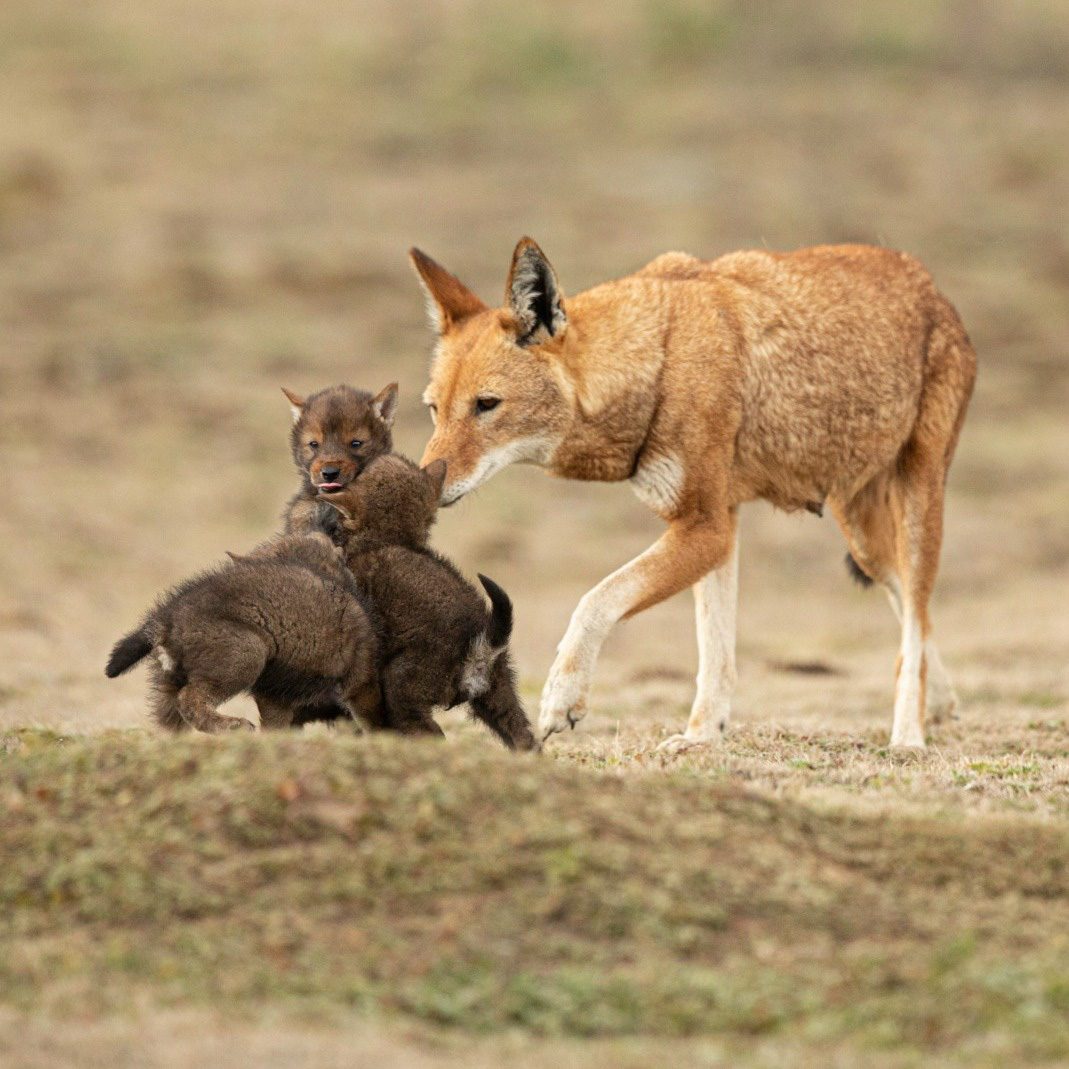
Fortunately, significant work is underway on several fronts to protect the existing populations and encourage an increase in numbers. Local education, domestic dog vaccination and translocation are all being steadily adopted to preserve the Ethiopian wolf.
Where to See Ethiopian Wolves:
Bale Mountain National Park is a striking landscape of arid shrublands and undulating mountains. At only 830 square miles (2,150km²), it is one of Africa’s smaller parks, and against the flat grey landscape, the wolf’s handsome russet coat is relatively easy to spot.
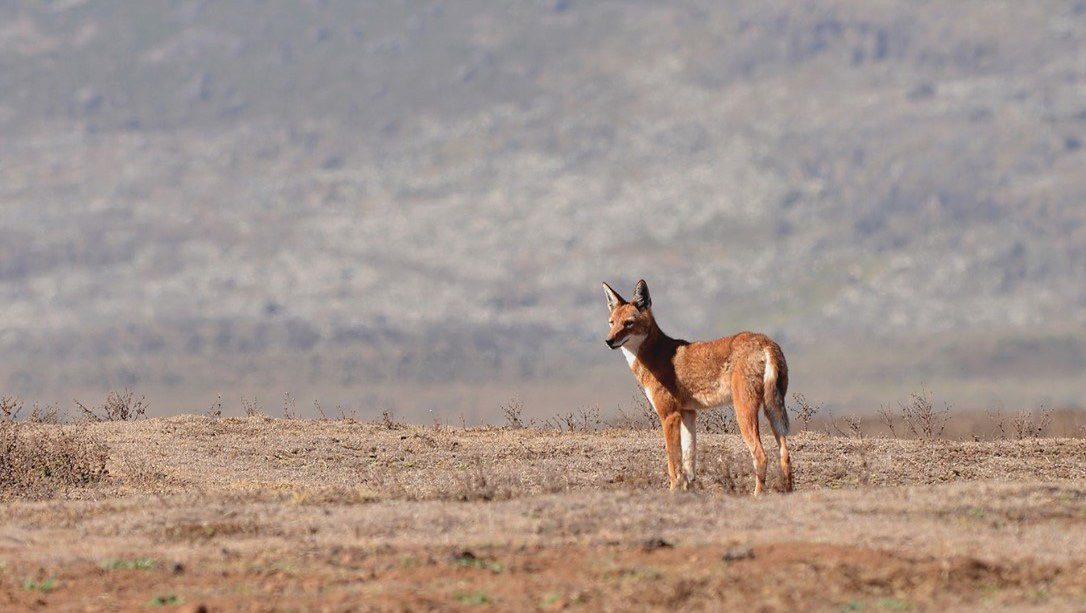
Located in the centre of the country, it isn’t the easiest destination to visit and, while success of viewing the wolf is relatively high, it is a long way to travel for this reason alone.
Gerenuk
📍 Northern Tanzania & Kenya
Gerenuk is Somali for ‘giraffe-necked’ and with one glance at these elegant antelopes, it’s easy to see how they gained their moniker. In a similar way to giraffe, gerenuk evolved to be able to take advantage of the higher branches and leaves of trees, frequently standing on their hind legs for a little extra reach.
They are incredibly vocal, bleating in communication, particularly when alarmed. Like other deer and antelope species, gerenuk have a preorbital gland just in front of their eyes that secretes a pungent, tar-like substance used to mark territory and communicate.
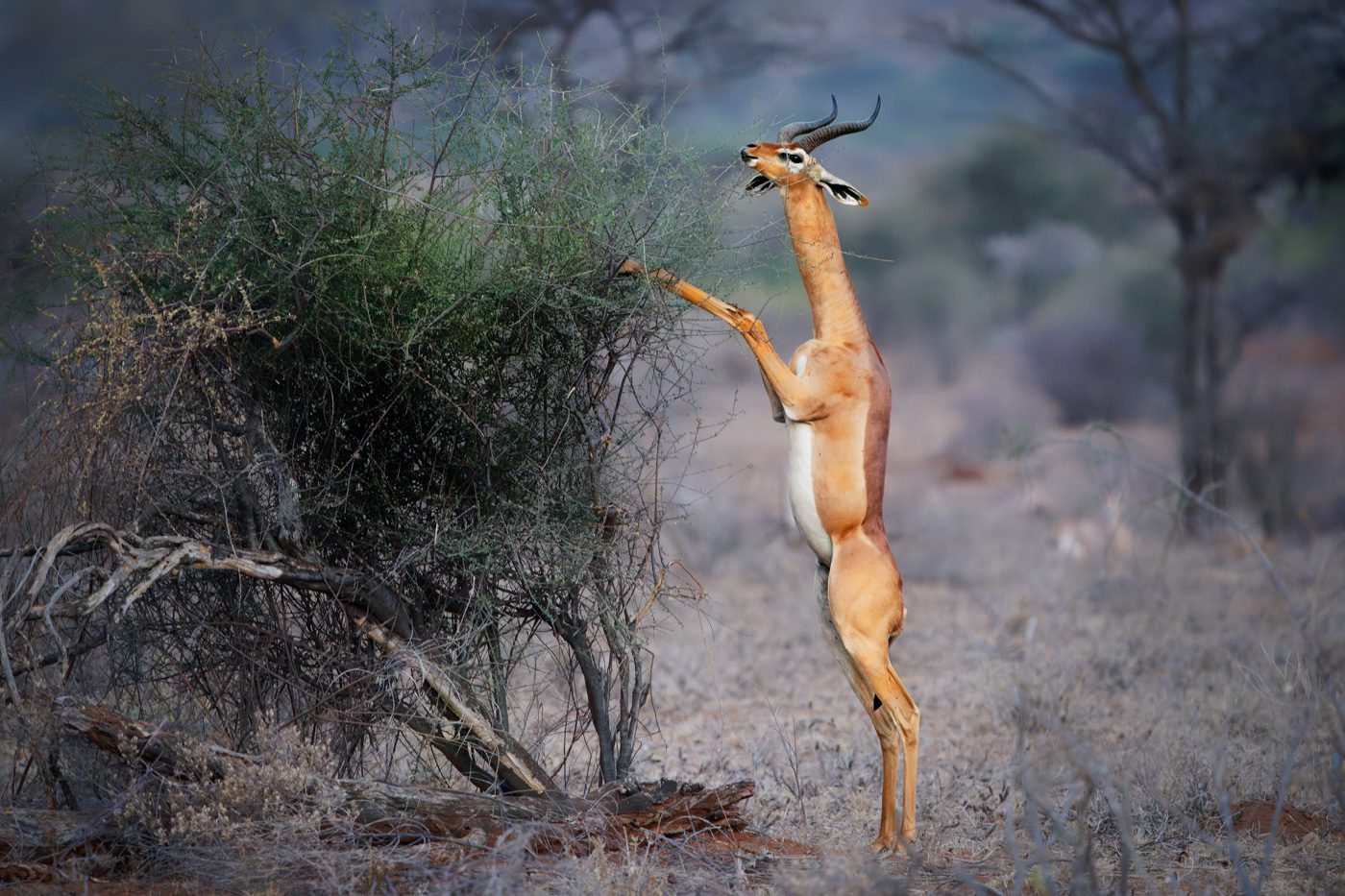
Their large eyes and ears allow them to spot predators particularly well, and their numbers have remained fairly strong until recent years. Human hunting of gerenuk has been fairly minimal, though the big cats that share their habitat are a constant threat. With approximately 95,000 remaining, it is again mankind’s encroachment that is posing their greatest adversary.
Not only does agricultural land take away their feeding grounds, new roads are also disrupting migration paths and access to further grazing. If this isn’t addressed, the gerenuk could face rapid decline, with the population estimated to have declined 25 percent in just the last decade.
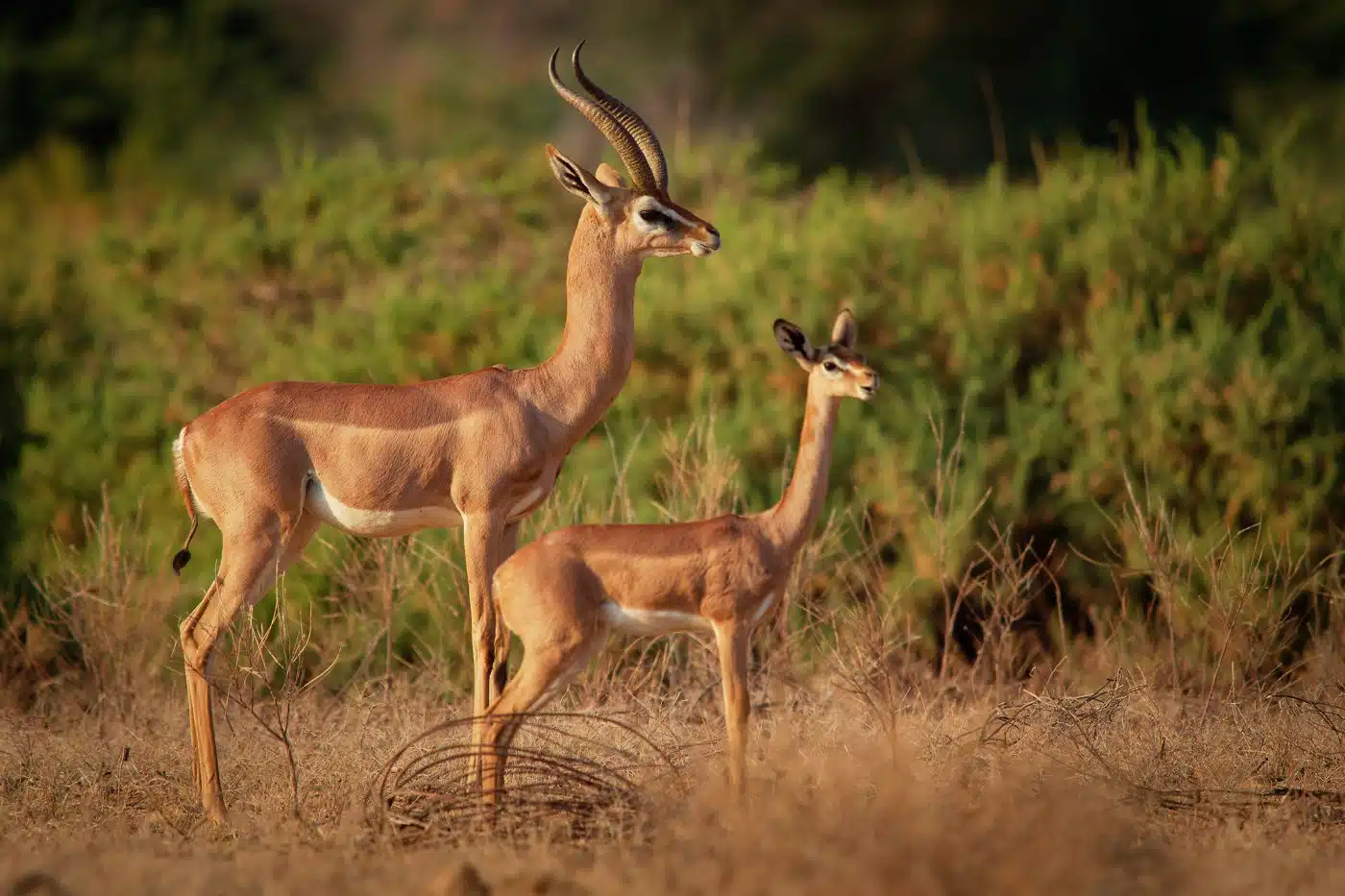
Where to See Gerenuk:
Like their diminutive distant cousins the dik-dik, gerenuk are also best sought after in the Laikipia region of north-western Kenya. Here, the small copses and valleys make their habitat easy to find and a vantage point simple to attain. Though easily startled, their habits are quite sedate, and they will often spend several hours or more feeding on the same few trees and a good guide will likely be able to direct guests to known gerenuk habitats.
Grévy’s Zebra
📍 Kenya & Ethiopia
So ubiquitous and synonymous with Africa are zebra that it is hard to imagine that they could be endangered, but few realise there are, in fact, three very distinct zebra species.
The plains zebra is the most readily seen and, as such, is also known as the common zebra. Mountain zebra are far fewer in number and reside in the continent’s southwest.
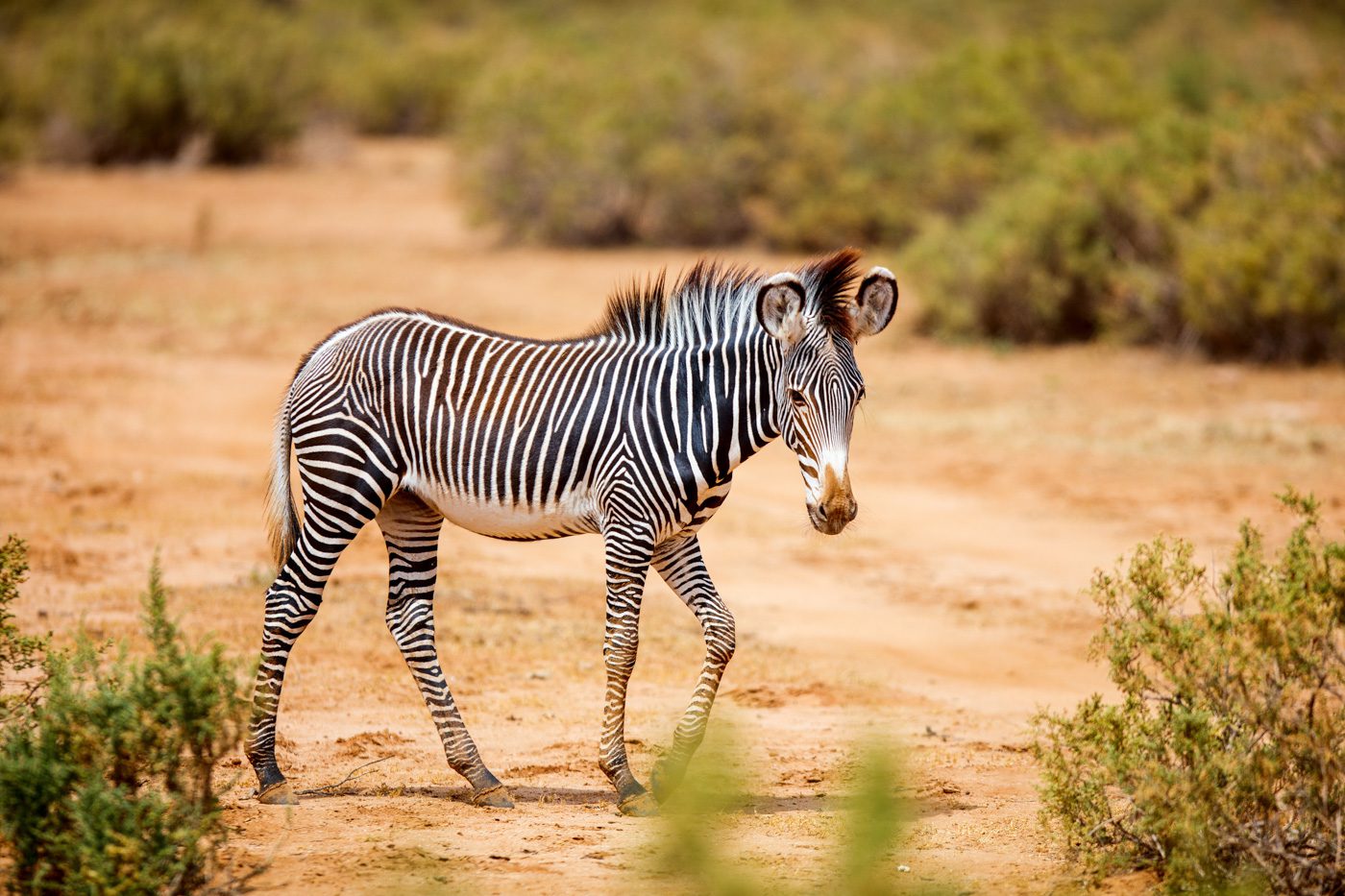
The Grévy, however, is highly endangered, with only 2,000 individuals scattered across Kenya and Ethiopia. Sadly, Grévys are still hunted in Ethiopia, though conservation efforts are mounting in Kenya.
The largest of the zebra species, Grévys are named after French president Jule Grévy who was presented one as a gift from the king of Ethiopia (then Abyssinia) in 1882. They have larger, fluffy ears and the closest-banded stripes of all the zebra species and, unlike the plains zebra, have a pure white belly.
Grévys struggle on the food chain. While predation is a challenge, they are often ‘out-grazed’ by other species of herbivores, and cattle have taken much of the grasslands away from the native fauna.
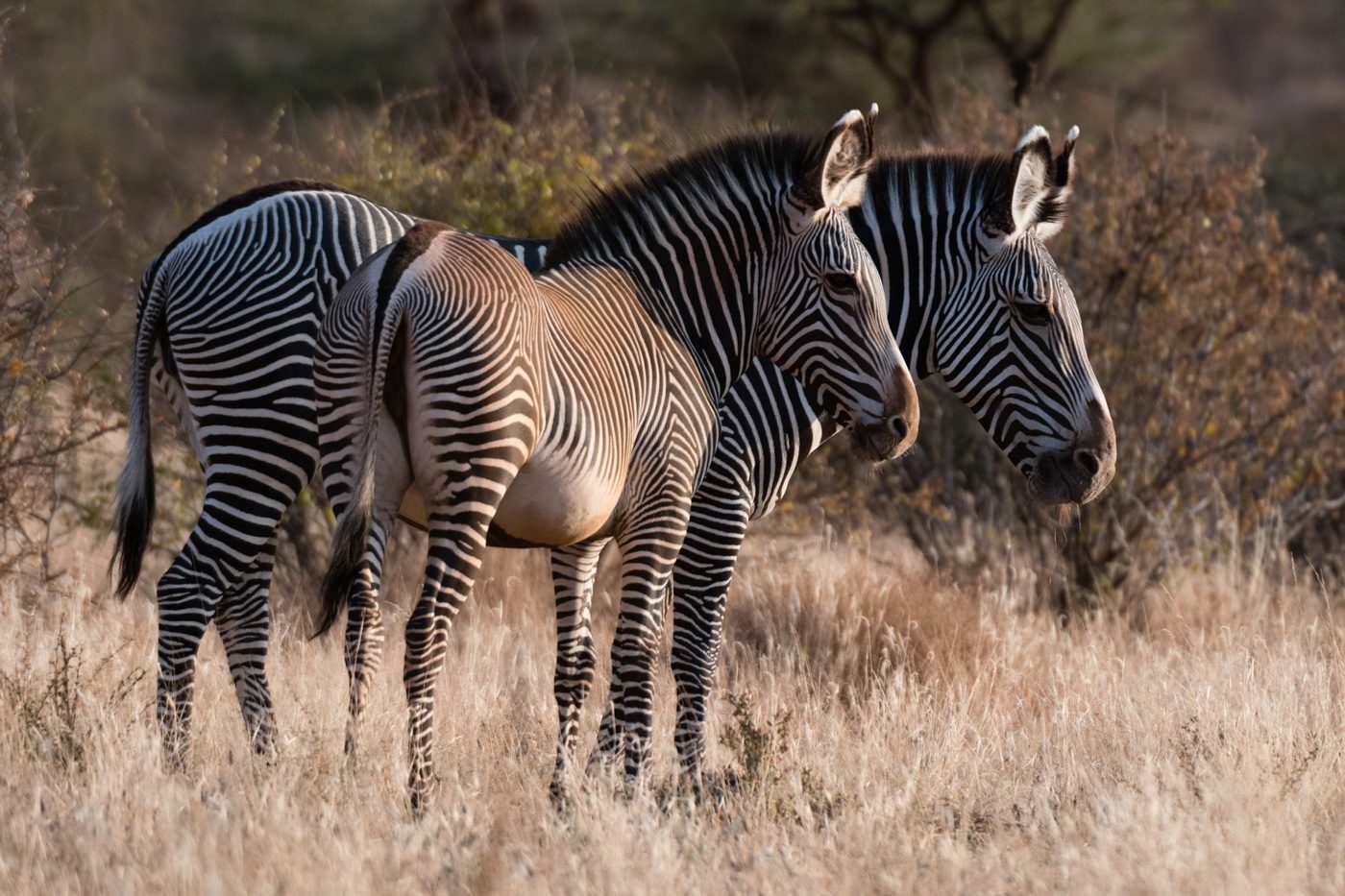
Where to See Grévy’s Zebra:
This is another species that inhabits the northern Samburu region of Kenya and can be found here in reasonable numbers, despite their endangered status. This highlights why this region in particular is so precious, and why the likes of Lewa House’s Sophie and Calum Macfarlane, Reteti Elephant Sanctuary and Sarara are among those passionately battling to preserve their remarkable ecosystems.
Hooded Vulture
📍 Widespread
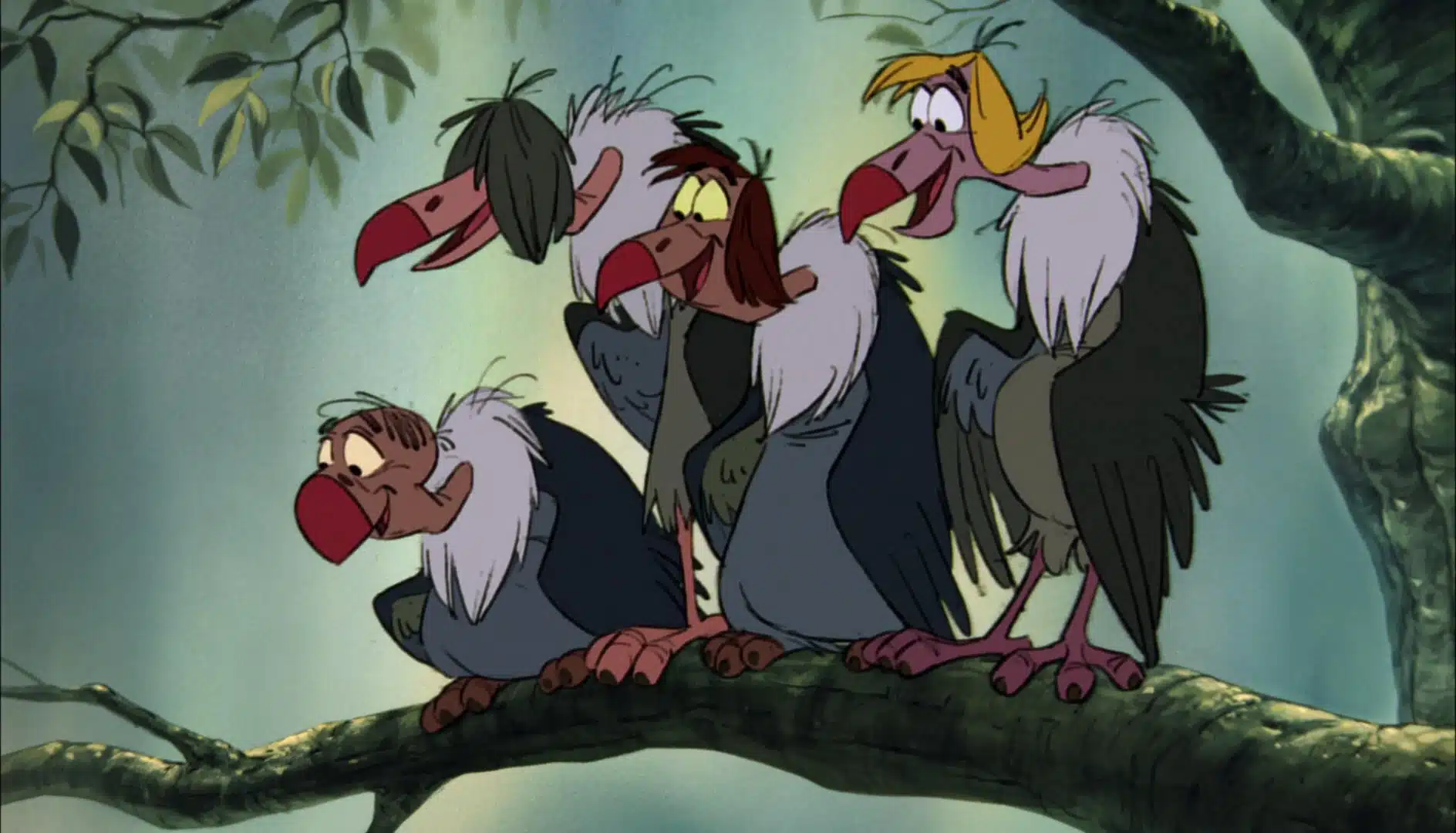
Beloved for their Beatles mimicry of the Beatles in the 1967 animated Jungle Book, the sight hooded vultures circling high over the expansive plains and rowdily clamouring for freshly-scavenged morsels is becoming increasingly rare.
Though not the most endearing of creatures, hooded vultures are vital to the health of the grasslands, preventing the spread of disease by picking every scrap of meat from discarded carcasses. But despite this, education around their importance to a balanced ecosystem is sadly lacking.
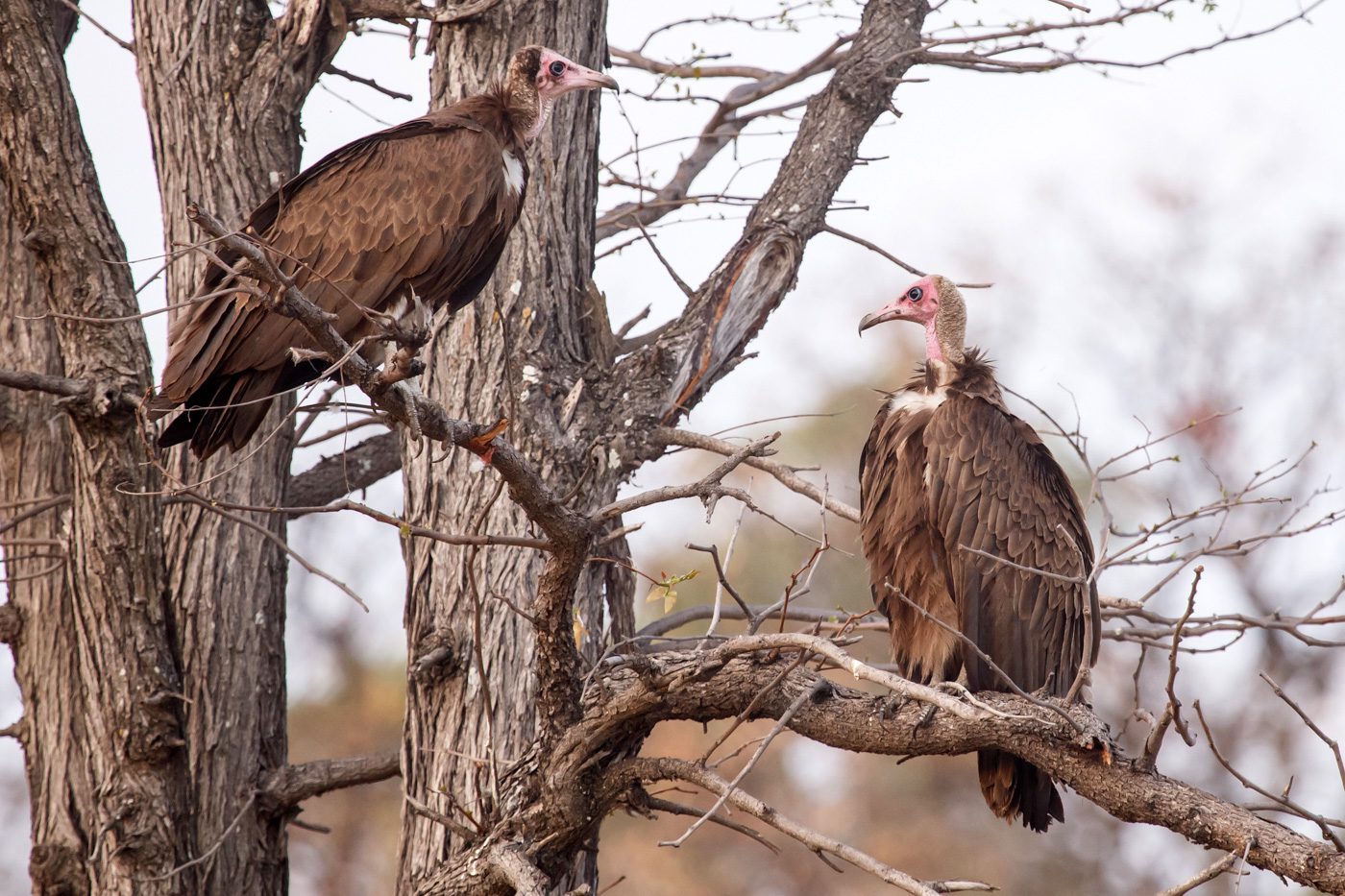
Their fearlessness of humans only exacerbates the misconceptions and mankind’s ability to kill them, and superstition does little to improve the situation. Monogamous pairs lay only one egg each season, and with a very needy chick being dependent for up to seven months, there is little fortitude in their ability to repopulate or bolster numbers.
Hunted for meat and medicine and regularly poisoned due to their frequent proximity and perceived threat to cattle, numbers of hooded vultures are plummeting rapidly. An estimated global population of 197,000 is still in significant decline and major conservation efforts, beginning with a change in community awareness, is imperative to the birds’ survival. Just twenty years ago, they were considered common and abundant; today, the hooded vulture is critically endangered.
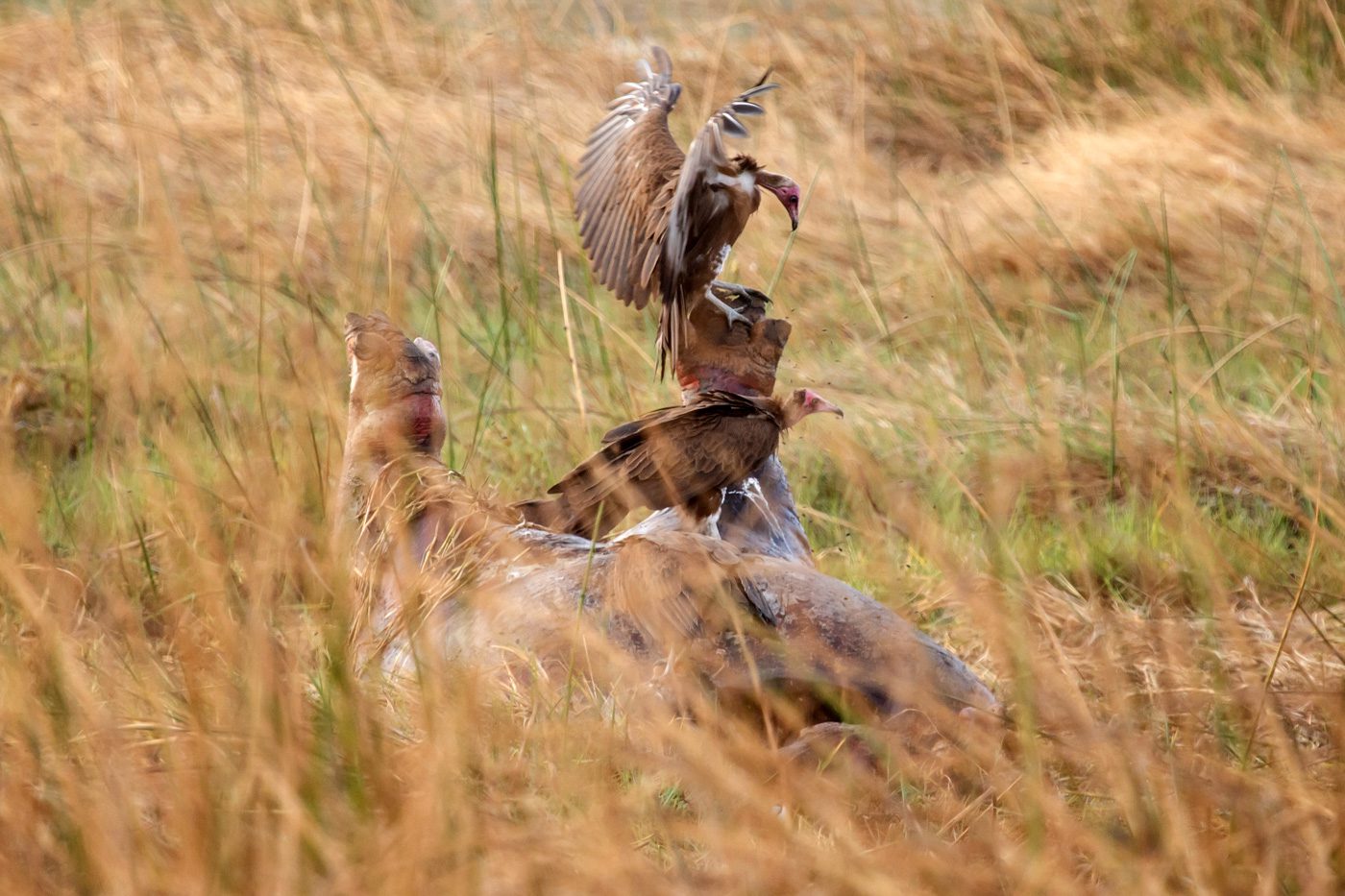
Where to See Hooded Vultures:
The smallest of Africa’s vultures, the hooded vultures are also the most agile, often first on the scene of a fresh kill, testing their mettle when stealing meat from lion, leopard and hyena. They often wait patiently for the bigger animals to have their fill before swooping in and tugging and dragging at the carcass. Indeed, their Latin name, Necrosyrtes monachus, actually translates as monklike corpse-dragger.
Scattered across Africa, hooded vulture communities, or kettles as they are curiously called, are strongest in western Africa, but for travellers one of the most spectacular and inviting places to observe them is on the surrounding grasslands of the Zambezi River, in both Zambia and Zimbabwe. This is made particularly appealing by the opportunity to encounter a squabbling kettle whilst on a walking safari.
Pangolin
📍 Central & Southern Africa
The pangolin’s tragic claim to fame is as the world’s most trafficked animal. The falsely perceived medicinal benefits of their scales and reputation as a delicacy saw almost 200,000 pangolins trafficked in 2019 alone, and at least half of the eight species are now critically endangered.
Using their powerful claws, pangolins will carve open termite mounds and extract the protein-rich insects with their long, sticky tongues. Though occasionally viewed in the daytime, pangolins are typically nocturnal and incredibly shy. Having the opportunity to witness these timid little anteaters in the wild is truly a blessing.
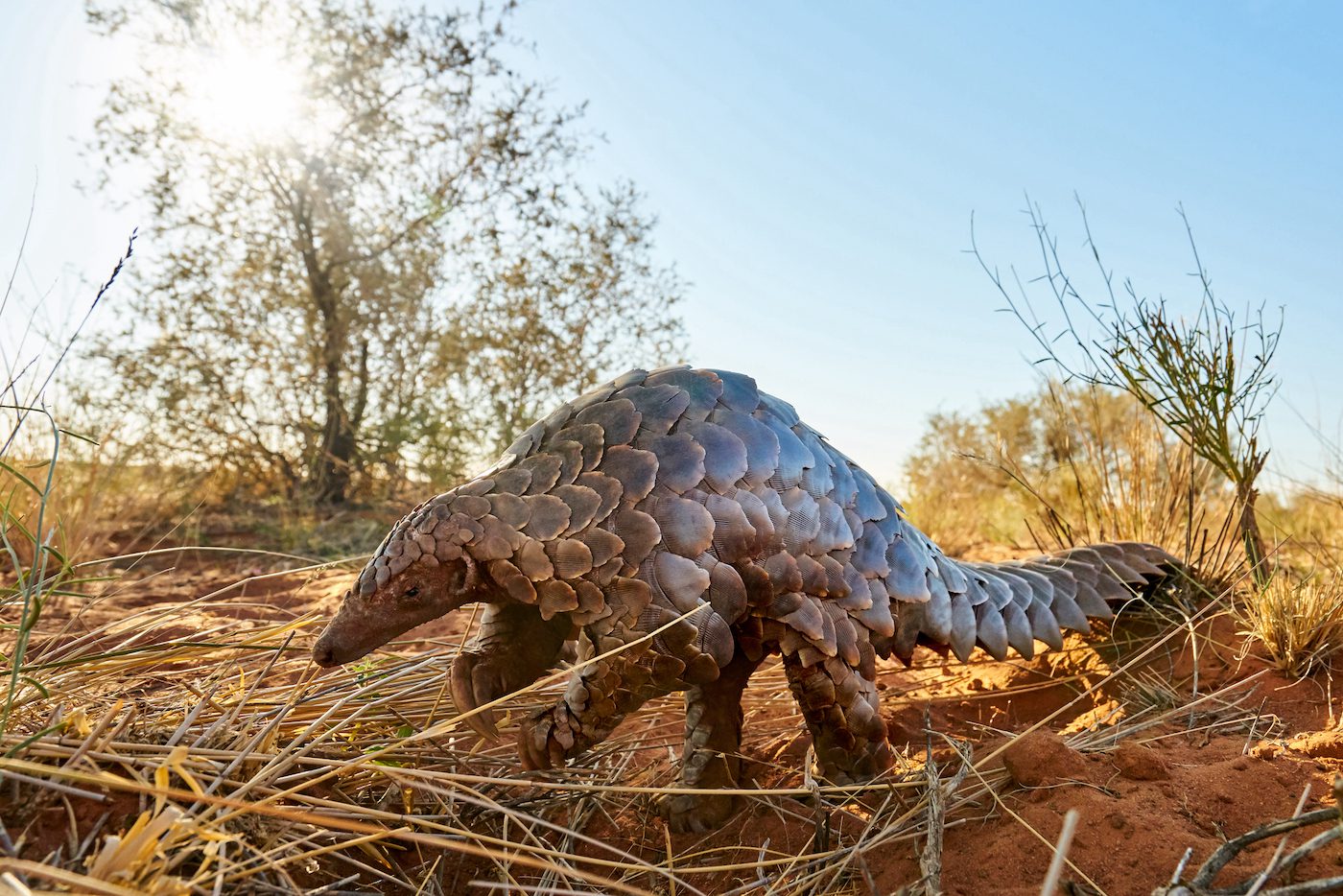
Of the eight pangolin species, four live in Africa, the ground pangolin, the giant, and the white and black-bellied pangolins. When threatened, they will roll into a tight ball to form an almost impregnable armour, their agile tail whipping predators with the sharp edges of its scales.
Further hindering their numbers, pangolins will generally only give birth to a single pangopup that will stay with its mother for several years. The pups are particularly vulnerable to predators for their first several weeks of life, until their scales fully harden.
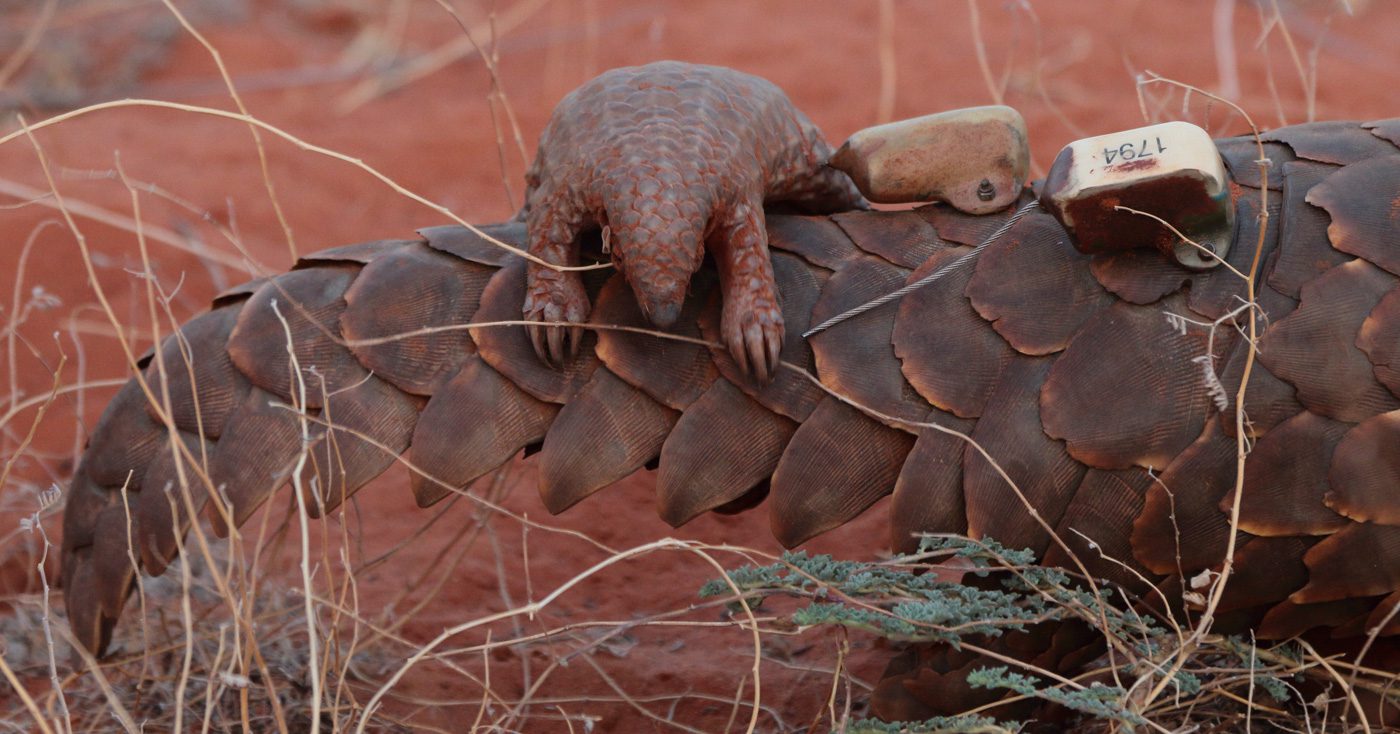
Thankfully, there is a global impetus towards pangolin protection and conservation. Though China, along with Vietnam, is responsible for the highest demand of pangolin scales and meat, it has recently increased protection for the native Chinese Pangolin to the highest level. Additionally, the Chinese government no longer allows the use of pangolin scales in traditional medicine. Despite this, a significant drop in trafficking demand is yet to be seen.
Where to See Pangolins:
Led by Wendy Panaino and funded by our good friends at the Tswalu Foundation, Tswalu Kalahari Reserve hosts one of Africa’s most established ground pangolin research projects. Offering exclusive luxury accommodation, superb photographic safaris and the ability to join this and other conservation projects, Tswalu, located on the edge of the Green Kalahari to South Africa’s central north, is one of the preeminent places to witness ground pangolins.
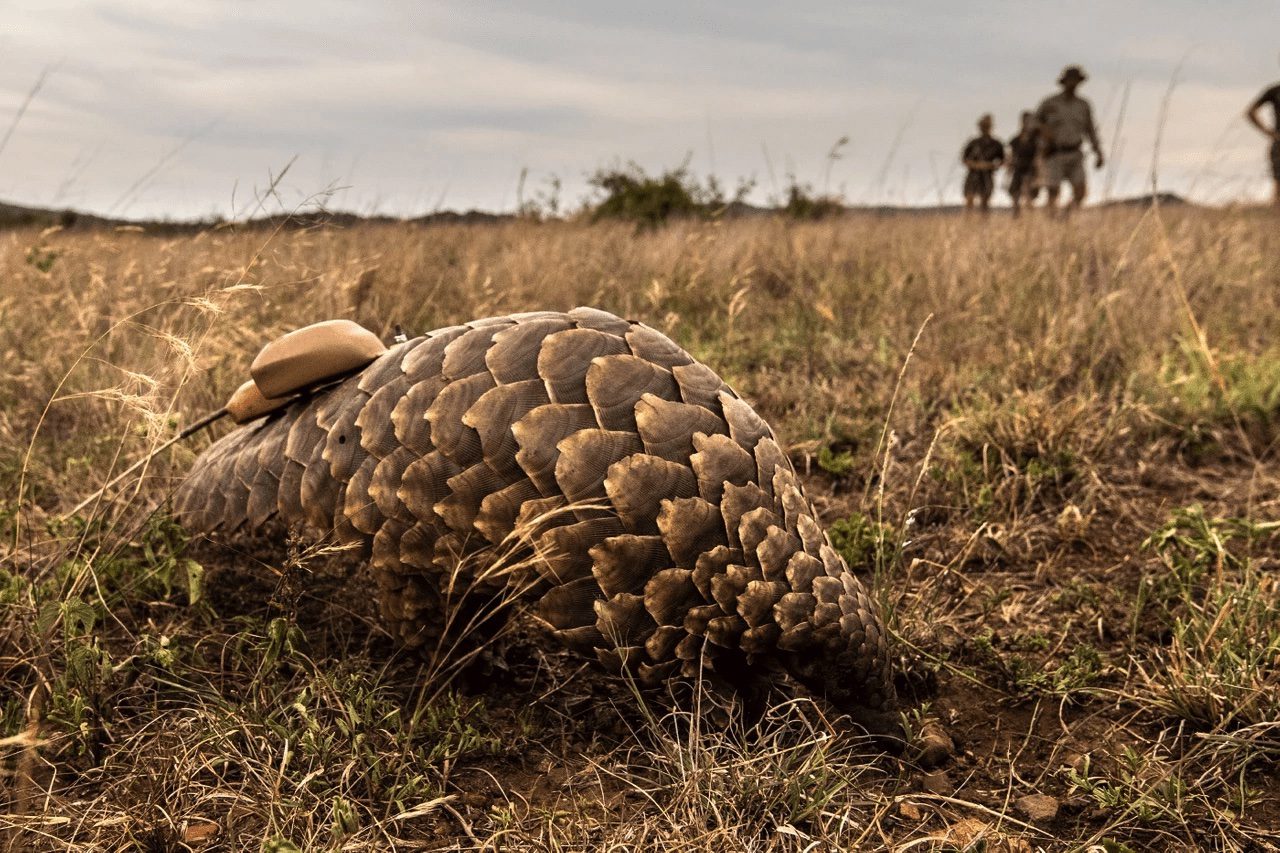
Tswalu Kalahari is primarily a wildlife reserve concerned with protecting and studying a range of endangered wildlife, including cheetah, brown hyena, wild dogs and black rhino. Its luxury accommodation is a means to fund this ambitious conservation project, sustainably safeguarding vital habitat and restoring biodiversity. It affords guests the once-in-a-lifetime opportunity to not only observe these creatures, but also assist in their study and conservation.
Rothschild Giraffe
📍 Kenya & Uganda
Giraffe are such an icon of African safaris that it might be hard to imagine them facing extinction. There are, however, nine subspecies and closest to our hearts – for obvious reasons – is the Rothschild, now critically endangered.
Found in Northern Kenya and Uganda, the Rothschild is distinguished most easily by the wider light lines between its tan patches and a lack of markings on its lower legs. Once more, it is agriculture that is largely responsible for the demise of the species, with loss of habitat dwindling the already somewhat volatile, drought-prone environment in which they once lived.
The few remaining Rothschild giraffe, estimated to number less than 700, maintain a tentative grip on existence and thankfully now live in highly protected and carefully monitored national parks and reserves. In the same way other creatures have adapted to desert regions, the Rothschild prefers drier environments to some of its cousins, and it is this that has placed increasing pressure on the population, with water scarcity forcing pastoralists and farmers to protect their grazing lands and water sources.
Though a subspecies and not profoundly different from other giraffe species, this is no reason to be complacent about seeing or protecting the Rothschild. Knowing that you are witnessing such a fragile population and that, by doing so, you are actively helping to preserve it is incredibly rewarding.
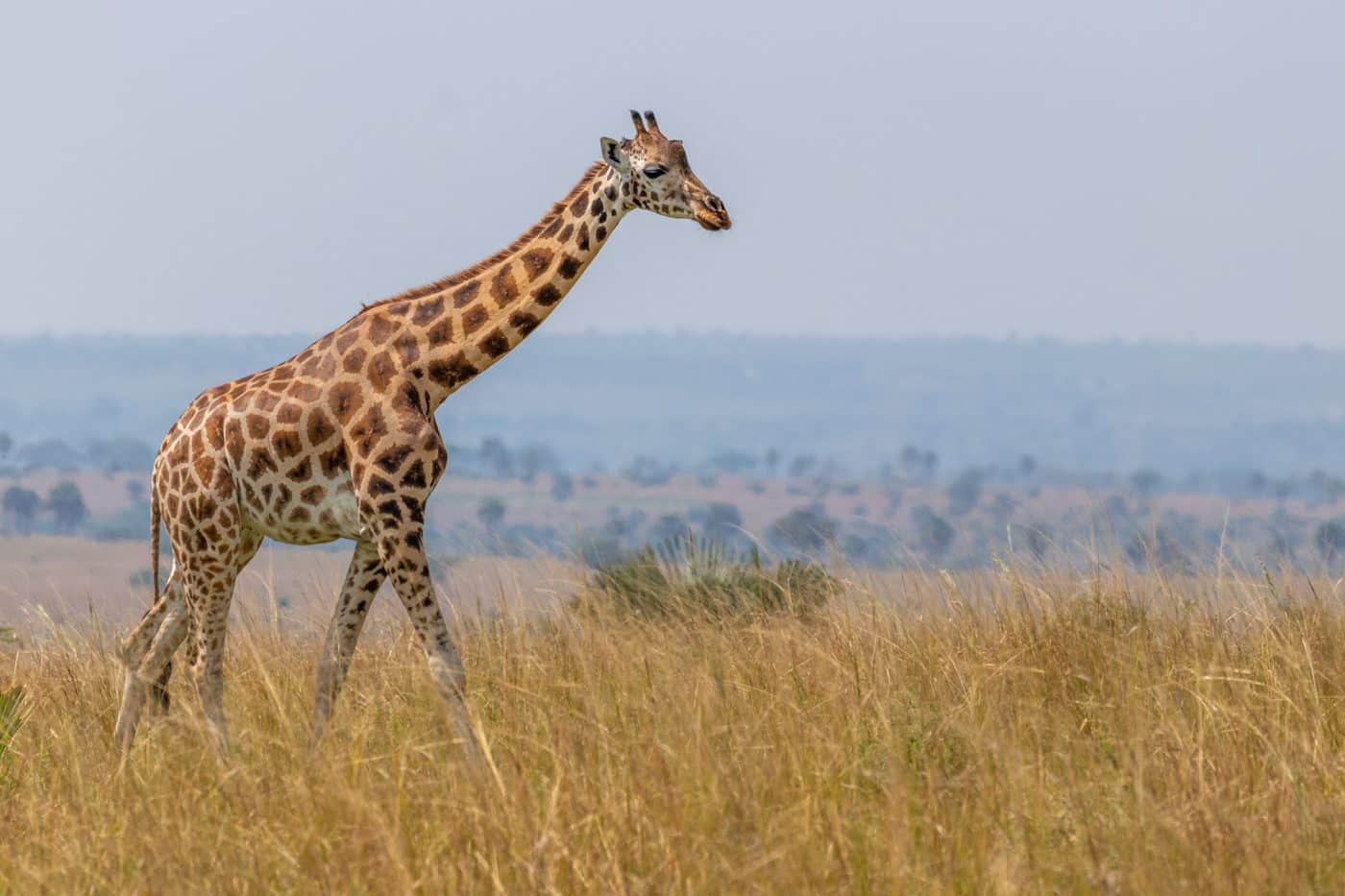
Where to See Rothschild Giraffe:
As with dik-dik and gerenuk, Northern Kenya is a bastion of the Rothschild population, but across the border in Uganda, great efforts are taking place to revive the species. Murchison Falls and Kidepo National Parks both hold fairly healthy towers of Rothschild giraffe and are actively working towards increasing their numbers.
Though many travellers visit Uganda for its gorillas, which are also highly endangered themselves, it is well worth taking the time and a safari in the country’s large grassland reserves.
Shoebill
📍 Uganda, Zambia
One of the bird kingdom’s most freakish members, the shoebill is also an anomaly of evolution. Though once to be a member of the crane family, it has since been removed from the species and has more akin with herons. Adding to ornithological confusion, its skull closely resembles that of the pelican, as do several of its habits, though no significant connection exists.
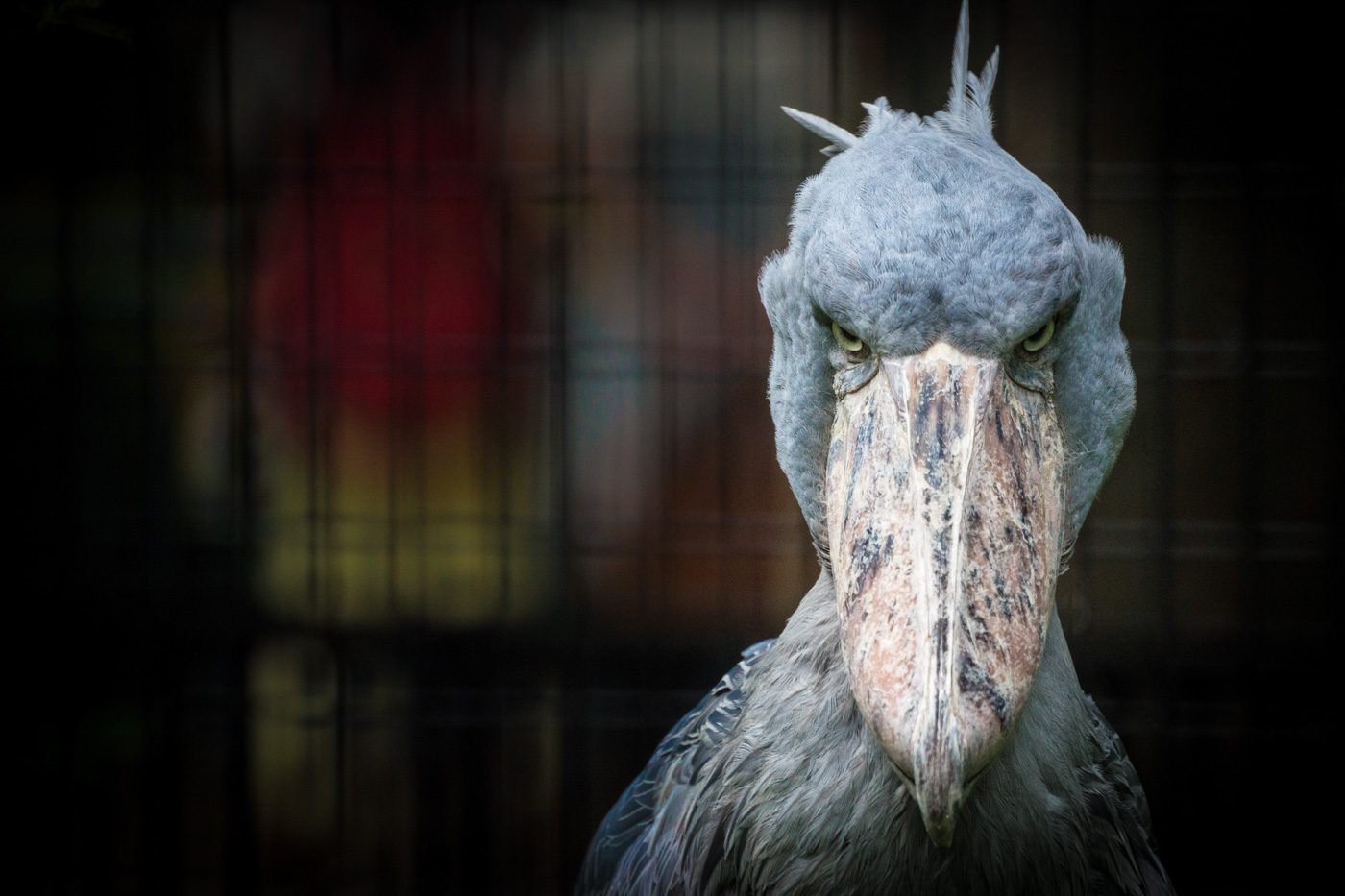
Found in swamplands in Rwanda, Uganda, Sudan, Tanzania and Zambia, they utilise their long legs, standing still for hours in wait for catfish, eels and other more sedentary freshwater fish. Standing over five feet (1.50m) in height, somewhat prehistoric in appearance and with that oversized and powerful bill, shoebills are an imposing sight, but are actually incredibly docile and will allow humans to approach them, even when nesting.
Shoebills aren’t very adaptive and, as such, rely heavily on their fairly specific habitat… which is rapidly diminishing. The blood, once more, is on human hands, and while shoebills aren’t generally hunted or poached, reclaimed swamplands and marshes are driving the shoebill swiftly towards extinction. It is estimated that only 3-5,000 shoebills remain in the wild.
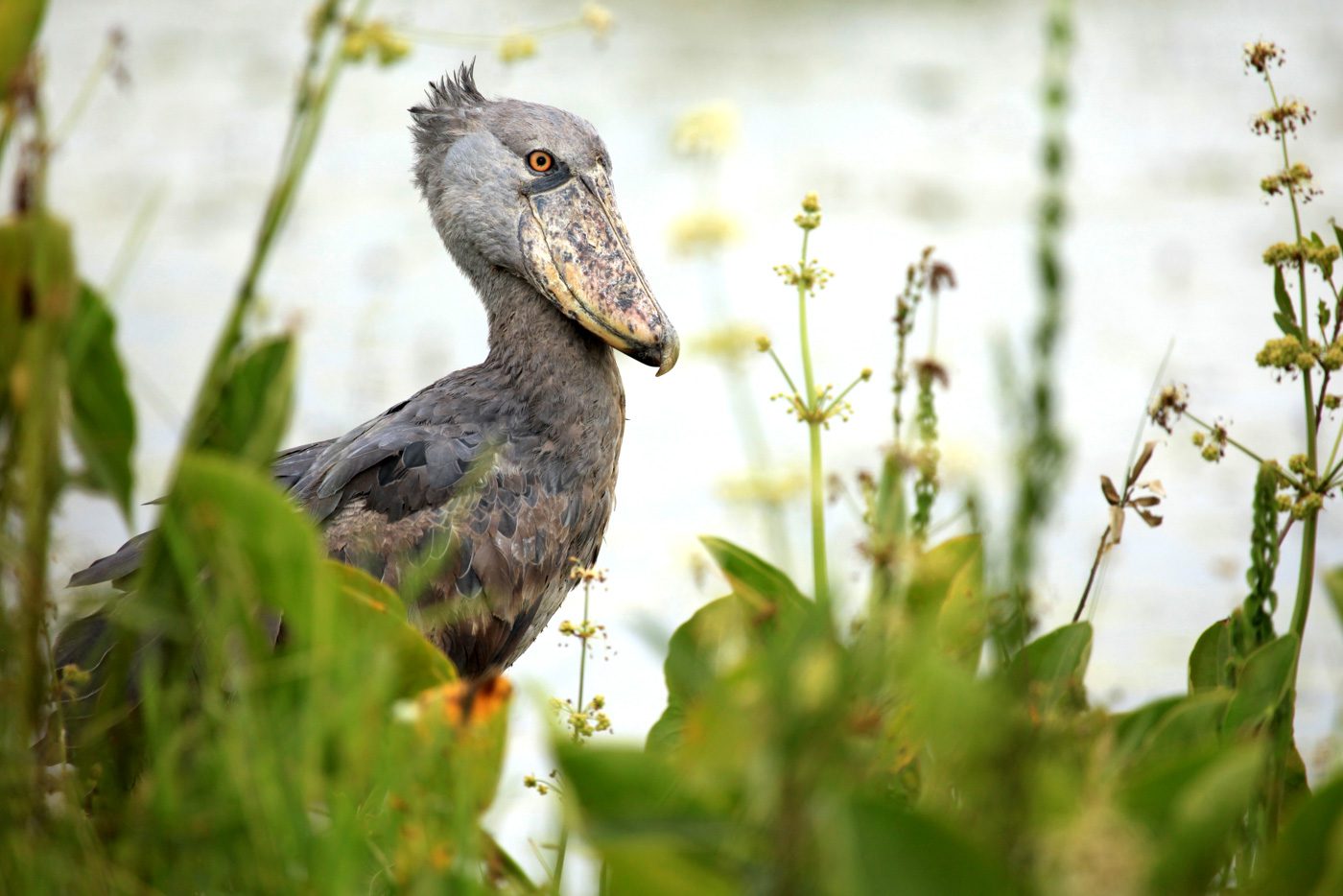
Where to See Shoebills:
Some hope lies in that the shoebill’s strongholds in Uganda and Zambia are protected and in little danger of being destroyed, potentially allowing their numbers to sustain, though not grow. For that, ecosystem rehabilitation is required, which is an often impossibly challenging task. In Uganda, a short way from Kampala and the neighbouring city of Entebbe, the Mabamba Swamps offer a safe and secure haven for the placid shoebill. Likewise, the Bangweulu Swamps of north-eastern Zambia provide sanctuary for these fascinating birds.
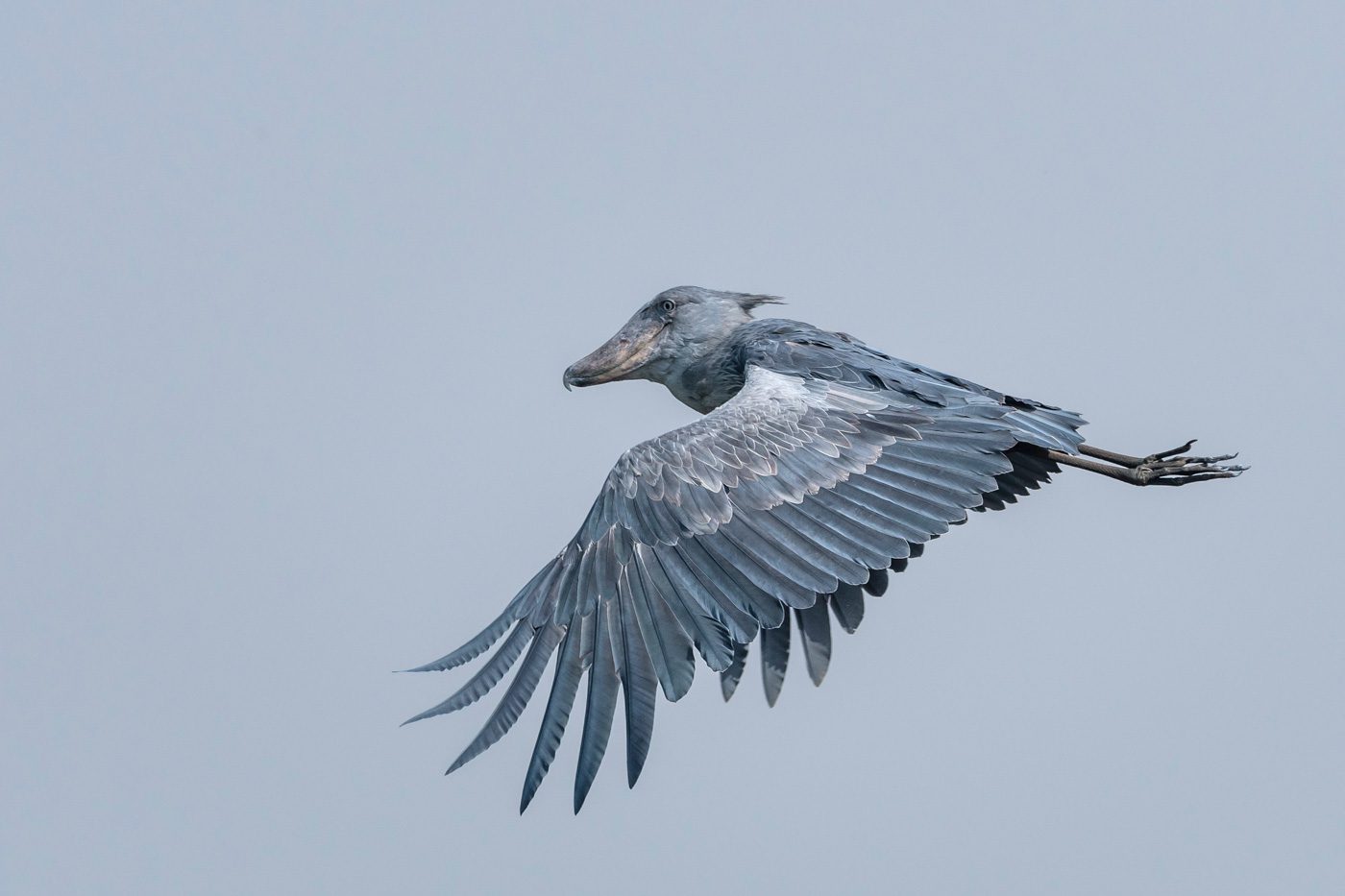
Though both destinations offer a good chance of seeing shoebills, Bangweulu is a remote outpost for safari travellers and requires a certain level of commitment to reach, while Mabamba can be achieved on a simple day trip from Entebbe.
Sadly, much of Africa’s wildlife is struggling for survival. Gorillas, chimpanzees, cheetah, leopard, elephant, African wild dogs, rhino and lion are all under threat to varying degrees, some severe.
In the past, tourism and annexation have been responsible for any number of extinctions and threats to wildlife, through hunting and commerce, but often through simple naïveté. Nowadays, we know better, but we are still desperately slow in rectifying the wrongs of the past, and for many species, time is running out.
But all is not lost. One the one hand, one might consider visiting these wonderful creatures before they disappear forever, and while there is some truth in that, it is a rather nihilistic perspective.
At Rothschild Safaris, we believe that a great deal of hope remains, and that hope comes, in part, through intentional travel, taking the time to research beneficial safari options and ensuring that the funds spent on a vacation are channelled directly into conservation causes.
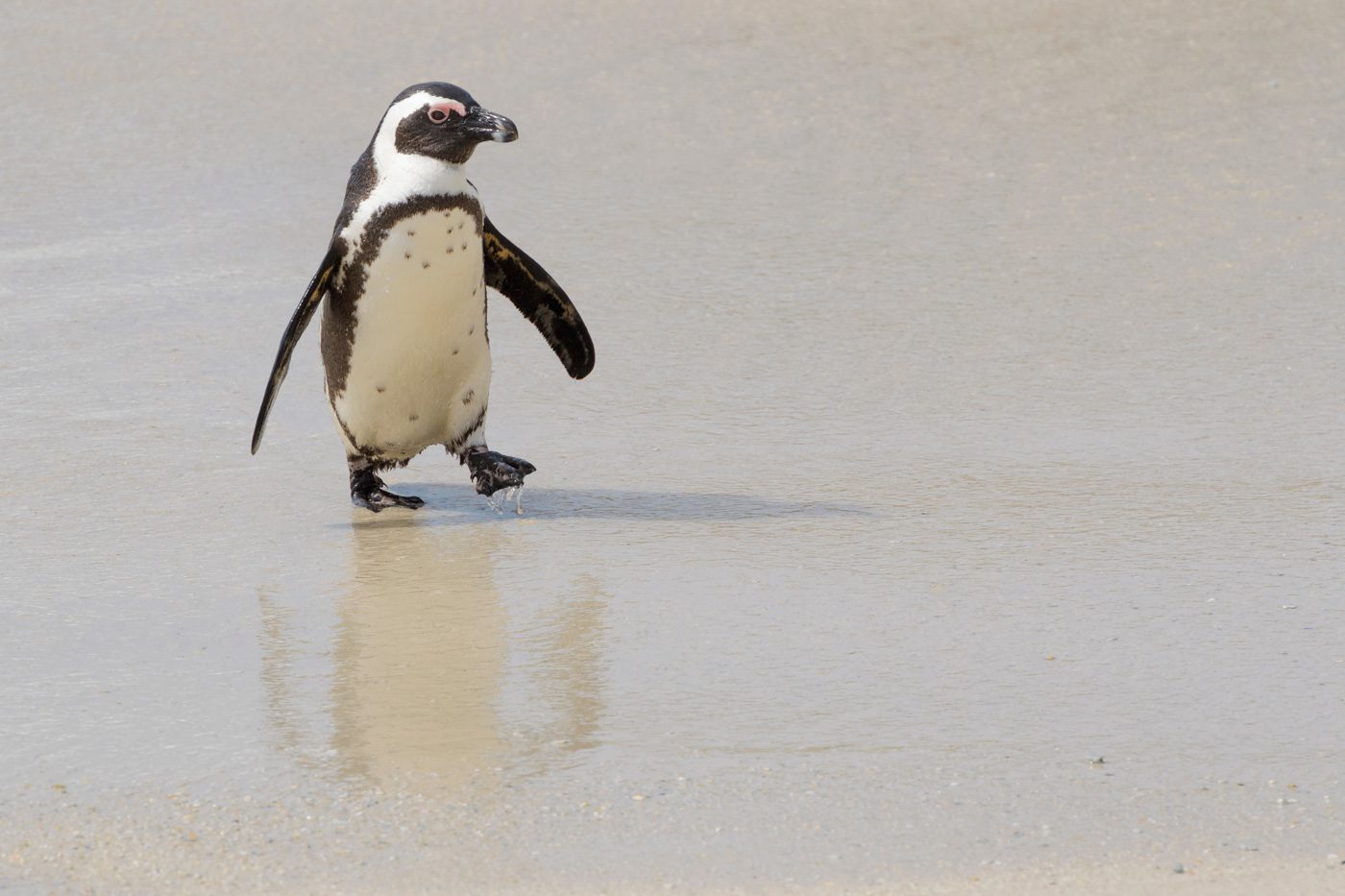
Many of the properties we align with, including Lewa House and Tswalu Kalahari, actively protect the local wildlife and habitats they share, taking part in breeding and ranger programs, hosting researchers and ensuring the regeneration of landscapes and repopulation of the animals that flourished there long before human arrival.
Along with African Parks, the African Wildlife Fund and many other organisations, it is these individuals and their small businesses that we so proudly support that are at the forefront of wildlife conservation.
Seeing these animals in the wild is always a breathtaking experience, but knowing that your presence is not only not causing harm, but actively benefiting endangered species is profoundly life-changing. From simply contributing funds through centre visits to actively tracking pangolins or planting trees, there is so much one can do as a visitor to help preserve Africa’s magnificent wildlife.
Talk to us today about incorporating conservation objectives into your next safari itinerary.

